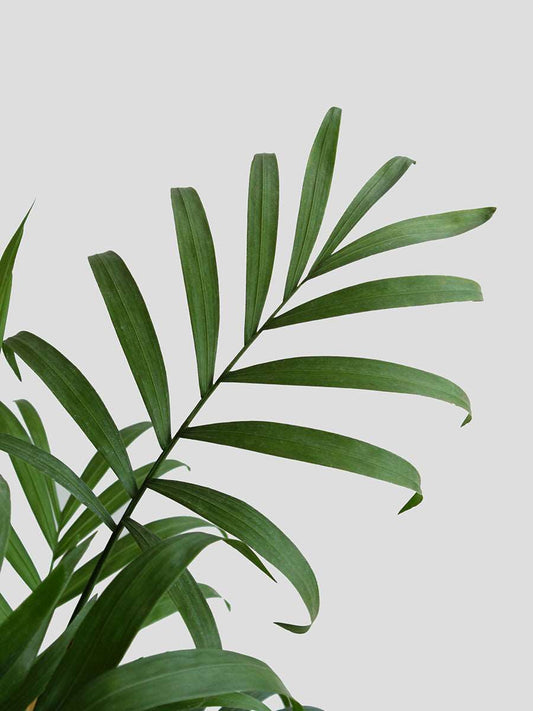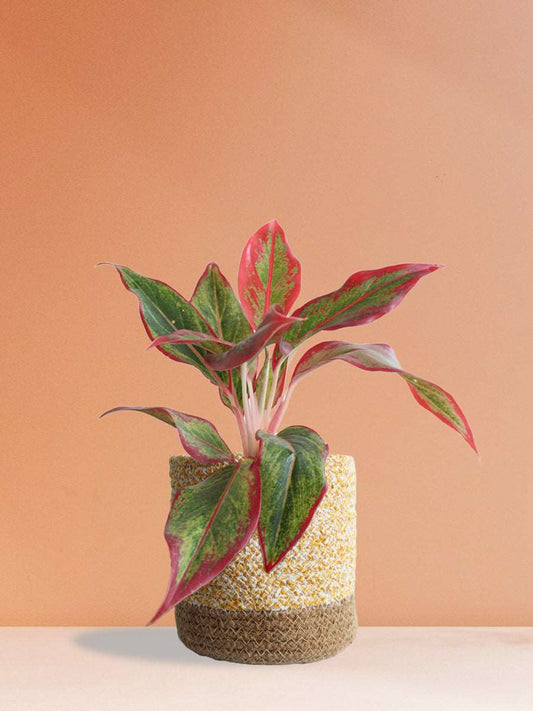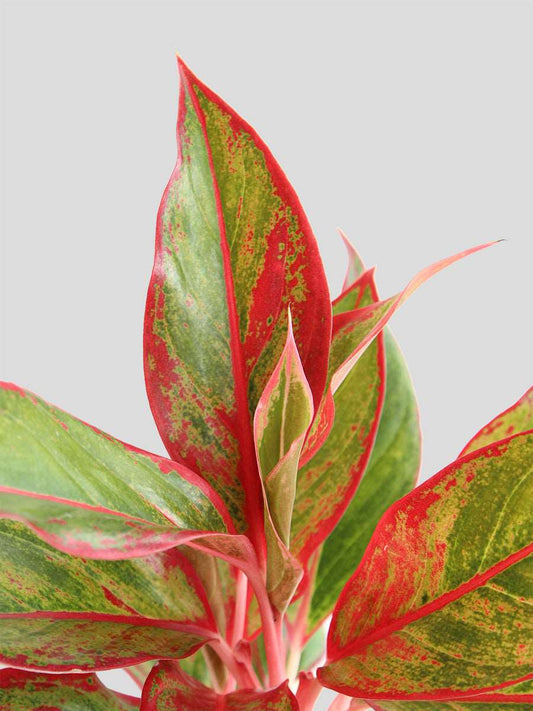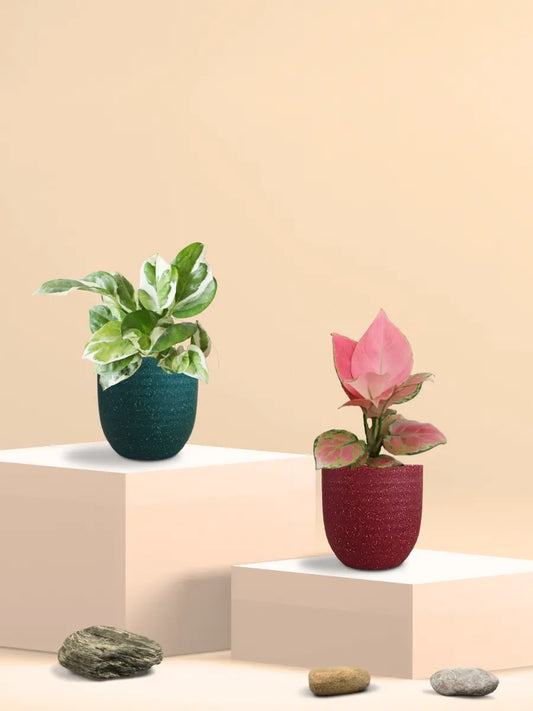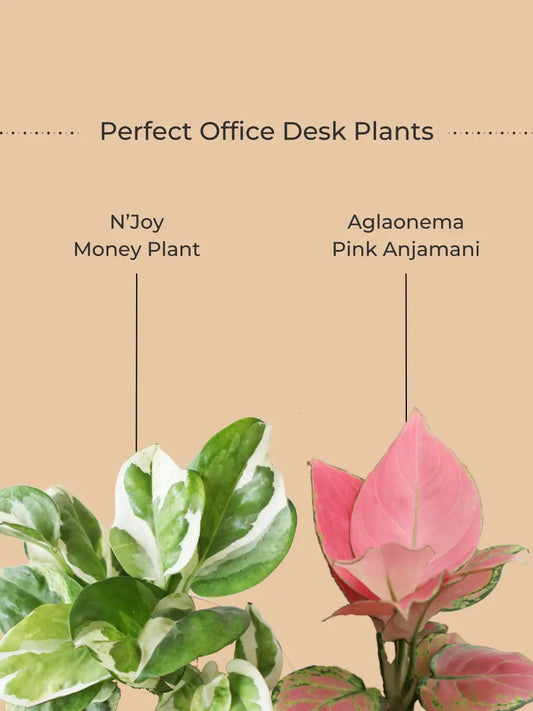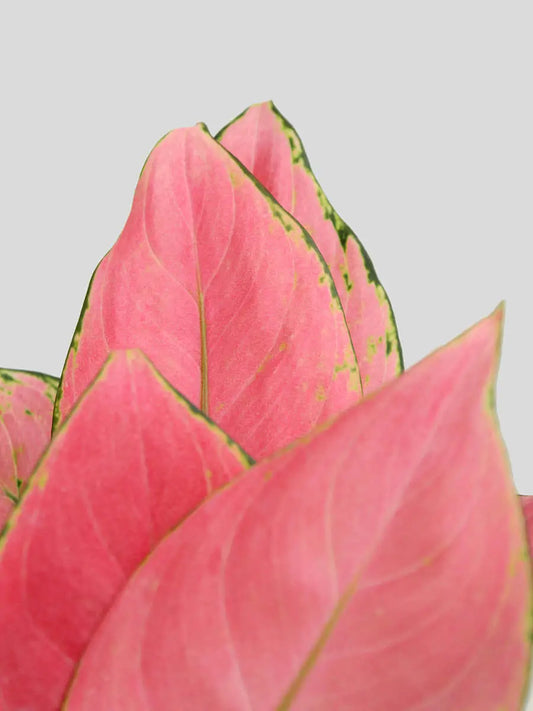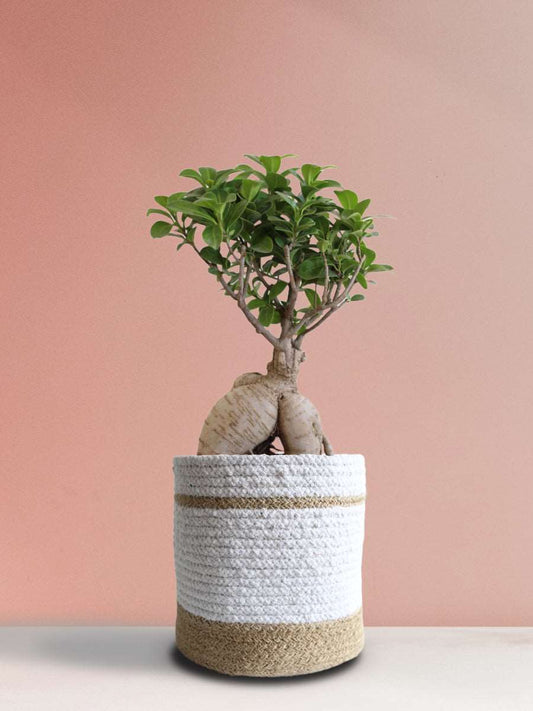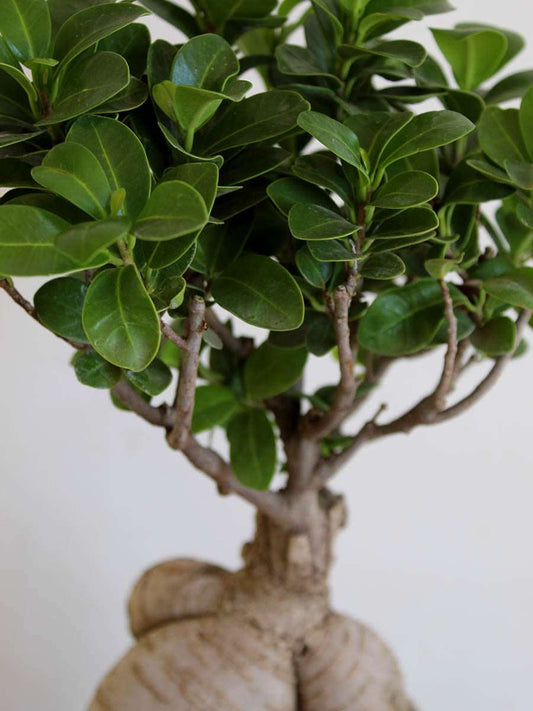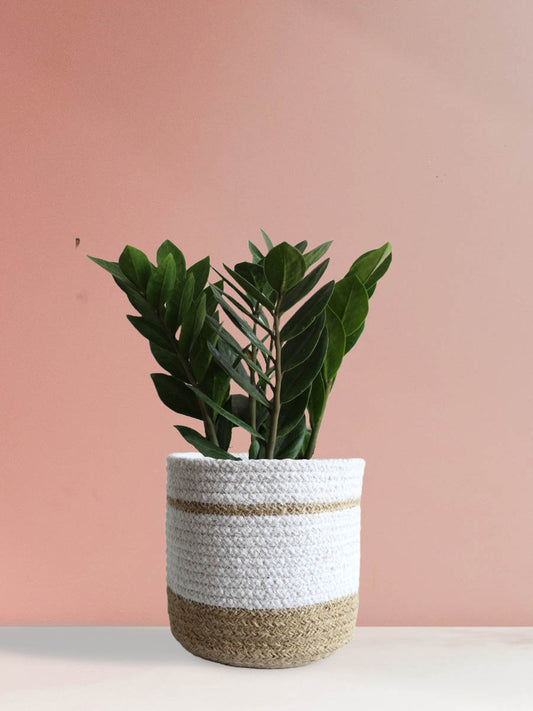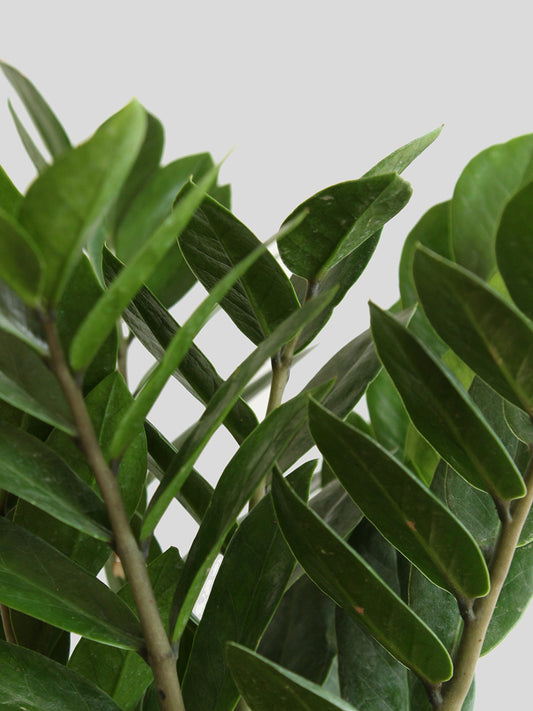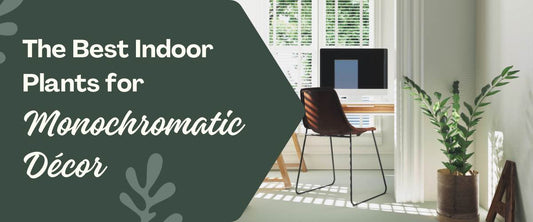Croton Plant Care Guide
Welcome to the Croton Plant Care Guide. Croton plants, scientifically known as Codiaeum variegatum, are widely admired for their vibrant and stunning foliage. These gorgeous plants are from tropical evergreen forests in Malaysia and the Asian Pacific Islands. Their leaves come in a stunning range of colors, from yellows and oranges to reds and greens. Furthermore, proper maintenance is important to maintain a healthy, attractive Croton plant. Continue reading for simple yet helpful croton care tips.
How to Care for Croton Plants?

Croton houseplants are excellent houseplants due to their ease of maintenance. Plus, these plants will thrive if properly cared for. Although native to tropical climes, croton plants may flourish in warm indoor or outdoor conditions. To keep your croton plant healthy, pay great attention to its lighting, water, humidity, and temperature requirements.
Croton Plant Care Tips

The following recommended maintenance steps to care for Croton plants include:
1. Light requirements for Croton plants:
Croton plants like bright, indirect sunlight. Direct sunlight may burn their leaves, causing them to fade in color. However, low light levels can hinder their growth and color development. For optimal sunlight without being exposed to intense sunlight, windows facing east or west are ideal.
2. Watering needs of Croton Plants:
Crotons need regular watering to maintain their lush foliage. When you water, let the top inch of soil dry out. Underwatering causes leaves to wilt and drop, while overwatering causes roots to rot. To avoid making the soil overly moist, it's best to maintain an adequate moisture level.
3. Humidity requirements of Croton plants:
Crotons, like other tropical plants, prefer high humidity levels. If your home's air is dry, add humidity by spraying the leaves on a regular basis or putting the plant on a water-filled pebble tray.
4. Temperature requirements of Croton plants:
Croton plants require warm temperatures of 65°F to 90°F (18°C to 32°C). They are susceptible to extreme cold, so avoid exposing them to temperatures below 55°F (13°C).
Also Check This: All About Rhoeo Plant
5. Soil requirements of Croton plants:
Crotons grow best in slightly acidic soil that drains well. For the best results, use peat moss, perlite, and orchid bark to make a growth medium.
6. Fertilizing requirements of Croton plants:
During the growth season (spring and summer), croton plants should be fertilized once a month using a balanced liquid fertilizer diluted to half strength. Avoid overfertilization, since it might cause leaf burn.
7. Pruning requirements for Croton plants:
Pruning on a regular basis helps to keep the plant compact and promotes new development. Pinch off the tops of the branches to encourage bushier growth.
8. Repotting requirements for Croton plants:
Croton plants should be repotted after they have outgrown their existing container. To allow for growth, choose a pot that is only slightly bigger than the root ball.
9. Common pests and disease requirements of Croton plants:
Crotons are prone to mealybugs, spider mites, and scale insects. Inspect your plant on a regular basis for insect symptoms and treat them as soon as possible with the proper pesticide.
Also Check This: Indoor Plant Buying Guide: How To Choose The Best Indoor Plant
Conclusion
Croton plants are well-known for their colorful, visually pleasing leaves. The plants require little upkeep. By following the care instructions, you can keep it healthy and give indoor spaces a tropical feel.
FAQ
What temperature range can Croton plants tolerate?
Croton plants can tolerate best at 18–32 oC for healthy growth.
Does a Croton plants need humidity?
Yes, Croton plants need high humidity, so spritz the leaves often or place the plant on a water-filled pebble tray if your environment is dry.
How often should you add fertilizer to Croton plants?
Croton plants need monthly fertilization with a balanced liquid fertilizer. Also, avoid winter fertilization.
What should you do if the Croton plants's leaves are turning yellow?
Underwatering and low humidity may cause the Croton plants' leaves to turn yellow. Fixing the issue can help keep leaves from turning yellow.
What should you do if the Croton plant's leaves are drooping?
Underwatering or overwatering may cause Croton leaves to droop. Underwatering causes leaves to wilt and drop, while overwatering causes roots to rot. Adjusting the watering needs is necessary to fix the problem.
What should you do if the Croton plant's leaves have dry tips?
Low humidity may cause dry tips on Croton plants. Spray the leaves often or set the plant on a water-filled pebble tray to improve humidity.
Are croton plants safe for pets?
No, Croton plants are not safe for pets because the sap from the leaves, stems, and roots is poisonous and can cause many health problems if chewed.





